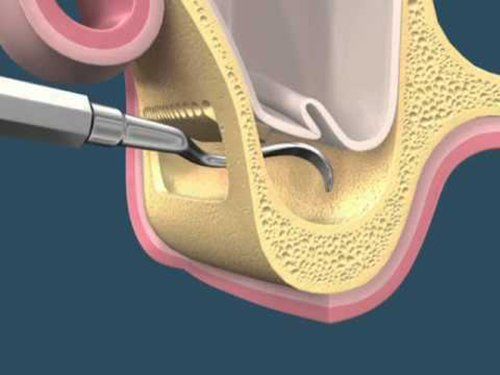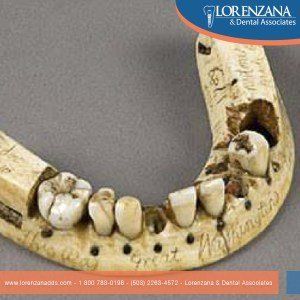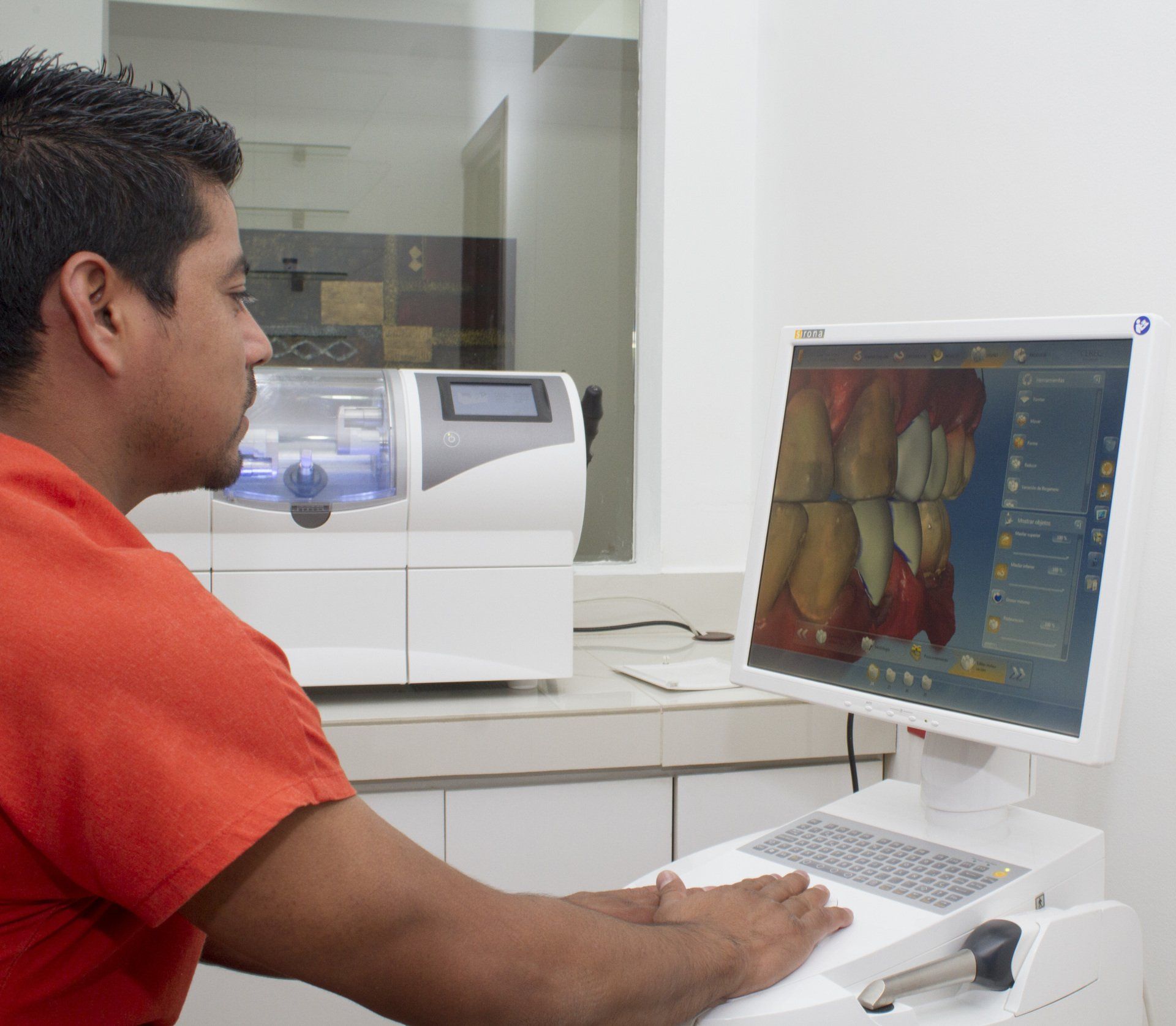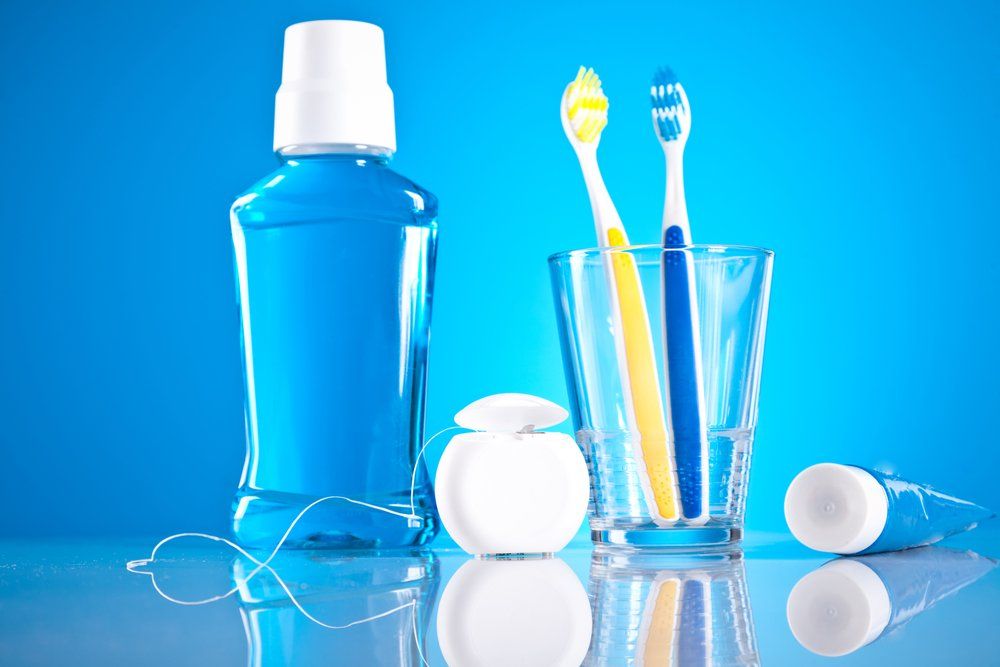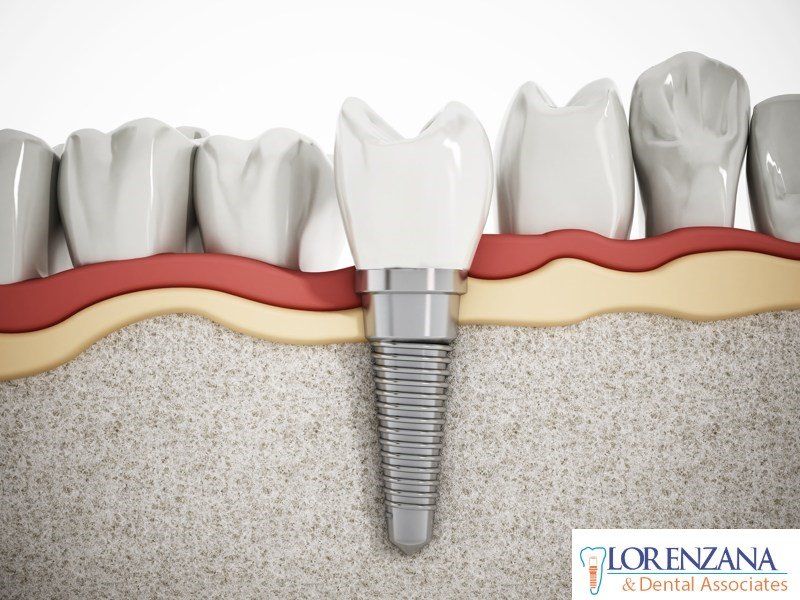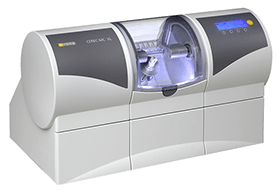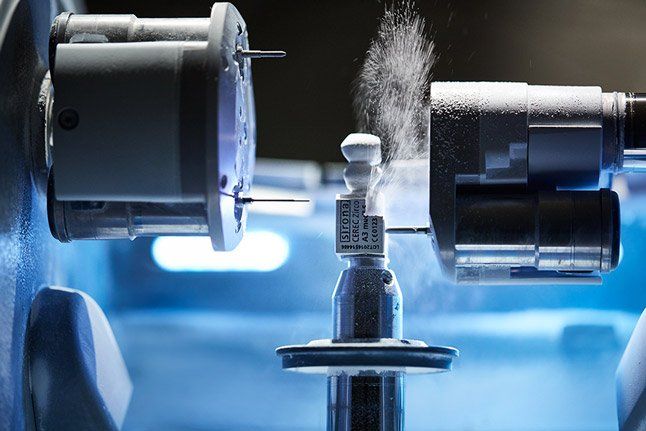Dental implants at affordable prices
Every day increases the number of people who use dental implants; the reason is simple and is that dental implants work and are an excellent long lasting option; dental implants restore the smile aesthetic and also internally bring multiple benefits to mouth health.

Missing one tooth might stop you from smiling free but also affect your feeding habits, your social life and can even stop you from getting a new job. All this usual things are directly impacted in the life of persons with incomplete smile.
Definitely dental implants are an excellent choice to restore the quality of life lost within the tooth, but when quoting a treatment with implants in the upper or lower jaw the prices can be in Europe from 5.000€ rising to 17.000€ when complex treatment is needed. Usually in United States in the last year, dental implant prices can rice from $2,000 to $3,000 and in some states can even exceed $5,000 per a single implant. Depending on the number of dental implants needed, the prices will be increasing.
Are there low prices for dental implants?
In the last years a phenomenon known as “dental tourism” has been rising. Patients travel from developed countries like United States, Canada, European region, and others to developing countries like El Salvador, Costa Rica, Mexico, etc. The reason is that in those developing countries you can find dental implants up to 60% cheaper.

Dental tourism allows you to find complete dental treatments with an
affordable price and opens opportunities to a section of the population
with limited income, but it is important make a research.
What do I have to consider when taking treatments with dental implants?
There
are offers of dental implant low to $500 but not every offer is
trustworthy, so that we give you a list of questions to ask to the
specialist before traveling:
- Dental implant quality: Ask your specialist about the materials and the brand from the implant that he/she uses, this will allow you to research about the type of product that is been offered to you.
- Specialist certifications: It is important to know the record from the person in which hands we are entrusting our dental health, there are many international accreditations and certifications that ensure the knowledge and good practice from the specialist.
- Experience: A widely experienced professional will be able to solve in a better way complex cases and any complication.
- Additional expenses: Many facilities offer extremely low prices but when the treatment is been performed the total amount increase considerably, the ideal is to ask for a complete quote and possible additional expenses (x-rays, medicine, etc.) before traveling.
Implantes dentales a precios accesibles
Cada día se incrementa el número de personas que utilizan implantes dentales, la razón es muy simple y es que los implantes dentales funcionan y son una excelente opción a largo plazo; no solo devuelven la estética a la sonrisa del paciente sino también a nivel interno tienen múltiples beneficios en la salud de la boca.

La falta de un diente no sólo puede evitar que alguien sonría libremente
sino también alimentarse, desarrollar su vida social y hasta conseguir
un empleo. Estas cosas habituales pueden verse perjudicadas en la vida
de una persona con una sonrisa incompleta.
Sin duda los implantes
dentales son una alternativa excelente para recuperar la calidad de
vida pérdida junto con la pérdida de un diente, pero a la hora de
cotizar un tratamiento para colocar implantes dentales en el maxilar
superior o inferior puede costar en Europa a partir de 5.000 € pudiendo
llegar hasta 17.000 € cuando se trata de tratamientos más complejos. Por
lo general en Estados Unidos durante el último año, el precio de un
solo implante dental puede oscilar entre $ 2000 a $3000 dólares y en
algunos estados sobrepasar los $5000 por un solo implante. Dependiendo
del número de implantes dentales que se necesiten, el precio va
aumentando.
¿Existen precios bajos para implantes dentales?
En
los últimos años se está produciendo un fenómeno conocido como "turismo
dental". Los pacientes viajan de países desarrollados como Estados
Unidos, la región Europea, Australia, entre otros a países en vías de
desarrollo como El Salvador, Costa Rica, México, etc. La razón es que en
estos países se puede encontrar implantes dentales con precios hasta un
60% más bajos.

El turismo dental permite encontrar tratamientos
dentales completos a un precio accesible y abre oportunidades a un
sector de la población con ingresos limitados pero es importante
investigar un poco.
¿Qué debo tomar en cuenta a la hora de realizar tratamientos con implantes dentales?
Existen
ofertas de implantes dentales por debajo de $500 pero no todos los
ofertantes son confiables por lo que le damos una lista de cosas a
preguntar al especialista antes de realizar el viaje:
- Calidad del implante: Pregunte a su especialista el material y la marca de implantes que usa, esto le permitirá a usted investigar sobre la marca y conocer la clase de producto que le están ofertando.
- Acreditaciones del especialista: Es importante conocer el record de la persona a quien confiaremos nuestra salud dental, existen múltiples acreditaciones y certificaciones internacionales que comprueban el conocimiento y ética del especialista y puede dar un poco de seguridad al paciente.
- Experiencia: Un especialista ampliamente experimentado podrá resolver de mejor manera casos complejos y complicaciones.
- Gastos adicionales: Muchas clínicas ofrecen precios extremadamente bajos pero a la hora de realizar el tratamiento los precios incrementan considerablemente, lo ideal es solicitar un presupuesto completo y posibles gastos adicionales (como medicamentos, rayos x, etc.) antes de viajar.
En Lorenzana & Dental Associates contamos trabajamos con la mejor calidad, tecnología de punta y más de 30 años de experiencia en implantología para proporcionar a nuestros pacientes el mejor servicio a un precio accesible. Para más información contáctenos a través de los comentarios o a info@lorenzanadds.com y con gusto le atenderemos.
